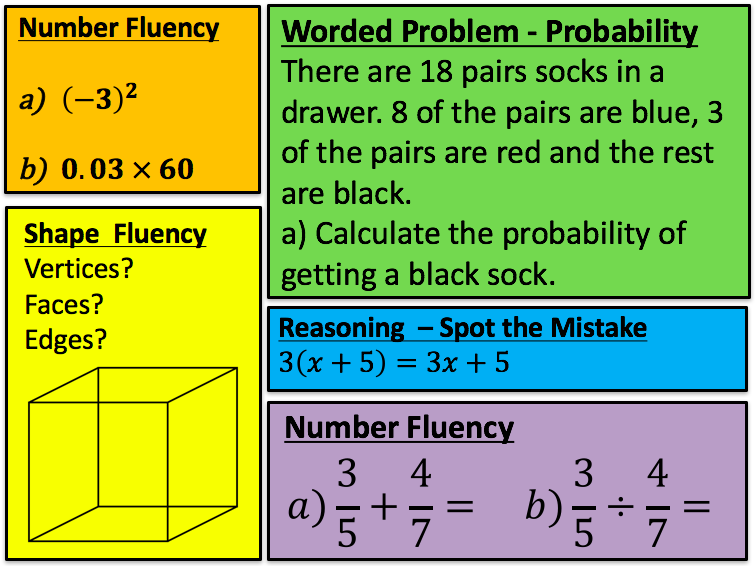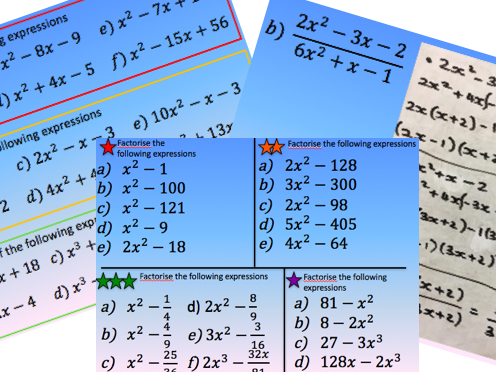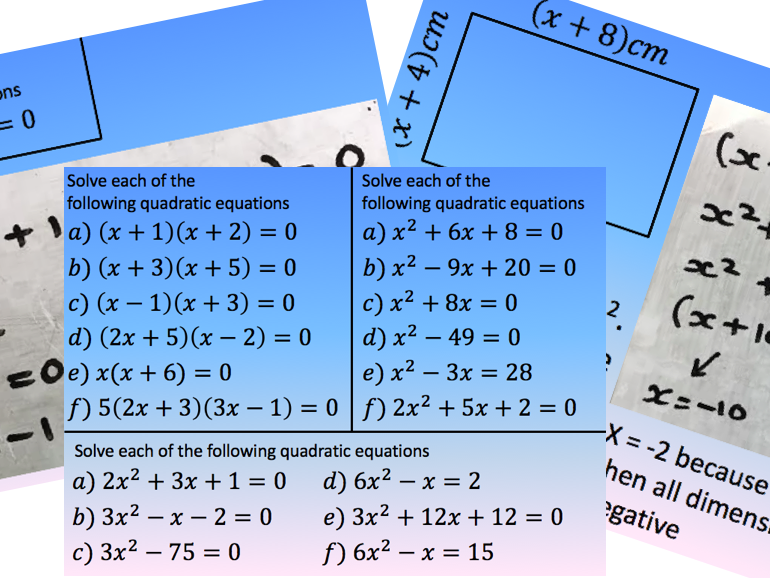Mr Brennan Maths
I love making resources which are differentiated, challenging and also engaging. All main tasks will be differentiated at least 3 ways and actual lessons will have solutions with them. I am aiming for all of my main lessons to be tailored towards the new curriculum to fully prepare pupils for the new 9-1 GCSE. Follow me on Twitter: @MrBrennanMaths or drop me an EMail: imbrennan@hotmail.co.uk I would like reviews to improve my work






















